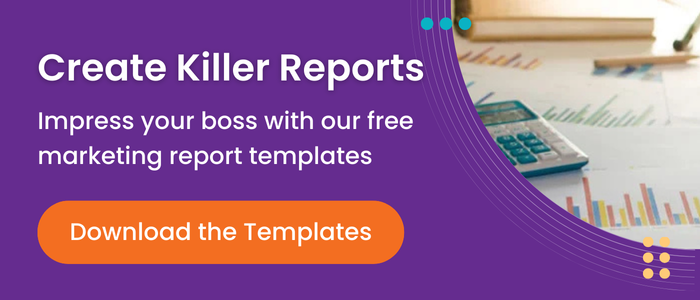7 Ways to Make Your Email Pop-Ups More Effective (and Less Annoying)

It ranks with selfie sticks, car alarms and karaoke machines. You know it has reserved a place of honor in the Museum of the Most Annoying when the inventor apologizes for it, as Ron Carlson did in a 2014 article in The Atlantic Magazine.
“We ended up creating one of the most hated tools in the advertiser’s toolkit: the email pop-up.”
Regardless of whether your goal is to generate an email list, increase a subscriber base or drum up leads, email pop-ups create a dilemma for marketers.
We strive to generate user-friendly content. Then we include pop-up windows that we know annoy visitors. It’s paradoxical how we attempt to attract users with engaging content – only to drive them away when it matters most.
So, the question is: Does the effectiveness of pop-ups compensate for the irritation?
“The data shows it works.” That’s the most common way we justify interruption marketing, even if individual results can be less convincing.
Pop-ups work, you say? Prove it, say the most aggrieved users – including those of us who have used them in our own marketing efforts with less-than-outstanding results.
Is the effectiveness of pop-ups a myth?
With those frustrated users and discouraged marketers in mind, we attempted to unearth the data that will either validate their effectiveness or expose them as a cyber urban legend.
(Initial revelation: The number of pop-ups encountered while researching pop-ups is astonishing.)
A recent HubSpot survey of 1,500 online browsers in the United States and Europe confirms what we long suspected: Pop-ups are the most despised ads of all, with 73% of respondents saying they “dislike” them, which is another way of saying they’d rather be thumbed in the eye.
Those surveyed also said full page pop-ups that require a microscope to find the “X” to remove are the most frustrating browsing experience. (Personal note: Language that guilt-trips you into clicking – “No! I Don’t Want to Get Rich!" – are equally galling).
We also found a motherlode of small and large statistical samples that indicate that pop-ups are, indeed, effective – albeit with varying degrees of success.
SumoMe claims its users have collected 23,645,948 email addresses in less than two years via email capture pop-ups. Their study of nearly two billion popups found that average pop-up conversion rates hover around three percent. The top 10-percent highest performers averaged an impressive 9.28 percent conversion rate, and three out of 10 had conversion rates above 11 percent.
Bothersome or not, pop-ups are 49 percent more noticeable than banners and other online advertising, according to a study by Statistical Research, Inc.
Goal: Maximize conversion rate, minimize annoyance
If your email pop-up gives visitors exactly what they want when they want it...well, why have you read this far? For the rest of us, consider these seven tips to make your email capture pop-ups more effective and less bothersome:
- Use them in moderation. Nobody likes being pestered by three different salespeople before they’ve had a chance to reach the back wall.
- Timing is everything. Let the user become familiar with the content before making them commit. The highest-converting pop-ups don’t appear right away.
- Use perceptive pop-ups. Use different pop-ups based on whether the user has visited your site before or where they are in the buyer’s cycle. If you want to learn more, here’s a good primer on smart pop-ups.
- Test on mobile. Then test again: More and more people are using their phones to browse, remember.
- Include a privacy policy. Visitors are increasingly wary of sharing their email addresses, and rightly so.
- Keep pop-ups simple, direct and specific. No more than two fields as a rule of thumb. Give calls to action personality while also providing context. What will the visitor receive? How will they benefit?
- It’s all about packaging, right? Make sure your pop-up is original, engaging and stands out. Colors and visuals impact purchasing patterns and influence potential customers.
Related Content: Anatomy of Great Call-to-Action Examples
Other options to consider
If you’re still not getting the results you want, consider “hover” or “lightbox” ads, which can deliver the same results with less potential irritation to browsers.
Because, of course, the last emotion a marketer wants to feel is the kind of regret expressed by Carlson, inventor of the pop-up.
He created the world’s very first pop-up after a particular fiasco involving extremely unhappy executives for a major car company after their banner ad appeared on a web page celebrating an X-rated activity.
As a workaround, Carlson wrote code that launched a window to keep the ad from being associated with any specific page and the pop-up was hatched.
And Pandora’s Box was opened.
“I’m sorry,” Carlson later said. “Our intentions were good.”





